Tesla's continuous rollout of software updates has redefined what drivers expect from their vehicles. Unlike traditional automakers, Tesla uses over-the-air updates to enhance vehicle performance, user experience, and safety features, making their electric vehicles evolve long after they have left the showroom. This approach not only exemplifies the integration of Tesla technology advancements but also sets a benchmark in the automotive industry for how vehicle enhancements can be implemented.
Tesla software updates significantly influence vehicle performance. These updates can improve acceleration, braking, battery efficiency, and even add completely new features to the vehicle's capability set. For instance, a notable Tesla battery software update aimed at optimizing the power management system can subtly enhance the car's range and health of the battery over time. By continually refining the software that manages battery usage, Tesla not only extends the vehicle's life but also boosts its performance.
Moreover, Tesla performance upgrades often include enhancements to the car’s adaptive suspension system and Autopilot features, which dynamically adjust based on the driving conditions and how the vehicle is being used. These improvements are pushed globally through over-the-air updates Tesla provides, ensuring all vehicles, regardless of their manufacturing date, receive simultaneous enhancements.
Tesla's firmware improvements are pivotal in elevating the overall user experience. The Tesla user interface is renowned for its simplicity and ease of use, integrating all controls into a single touchscreen panel. Updates to this system have introduced more customization options, allowing drivers to adjust settings to their exact preferences, which range from climate control configurations to seat adjustments.
The introduction of features like "Caraoke," video streaming services, and video games available directly from the dashboard are prime examples of how Tesla continually aims to enhance the in-car experience for passengers and drivers alike. These updates not only make the journey more enjoyable but also underline Tesla’s commitment to merging technology with comfort and convenience.
Tesla Safety Features and Autonomous Driving Updates
Safety is another crucial area where Tesla software updates make a significant impact. Tesla vehicles receive regular updates that enhance their safety features, including improvements to the Autopilot system. Autonomous driving updates have progressively improved Tesla’s self-driving capabilities, making features like automatic lane changes and traffic-aware cruise control more reliable and smoother.
For instance, updates following real-world data collection have led to refinements in how Tesla’s vehicles interpret obstacles, leading to enhanced collision avoidance systems. Each update not only improves safety but also instills greater confidence in the use of autonomous technologies among Tesla drivers.
The concept of electric vehicle software updates extends beyond Tesla, impacting the broader automotive industry. These updates are crucial for maintaining vehicle integrity and performance in electric vehicles due to their reliance on complex software for managing everything from battery life to motor function. Tesla’s approach has prompted other manufacturers to consider how over-the-air updates could be used to improve their own electric models.
The impact of Tesla updates stretches across several dimensions. By continuously improving their fleet through software, Tesla not only enhances product satisfaction but also encourages longer vehicle retention among owners. This approach significantly reduces waste, contributing to environmental sustainability by extending the life and relevancy of each vehicle produced.
Future Prospects
Looking ahead, the potential for further enhancements remains vast. Tesla has been at the forefront of exploring how software can influence hardware capabilities. The continuous improvement cycle through over-the-air updates promises even more sophisticated features, from advanced neural network processing for autonomous driving to more personalized user experiences through AI-driven interfaces.
In conclusion, Tesla's method of rolling out regular software updates has not only enhanced vehicle performance but has also significantly improved the overall user experience. These updates ensure that every Tesla vehicle, regardless of its production date, remains at the cutting edge of technology and safety standards. The integration of these updates demonstrates a shift in how automakers can maintain vehicle relevancy and sustainability over time.
As we look to the future, it is clear that the impact of Tesla updates will continue to set trends in automotive technology, influencing how all vehicles are maintained and improved through their lifecycle. This is not just an evolution; it's a revolution in vehicular technology.


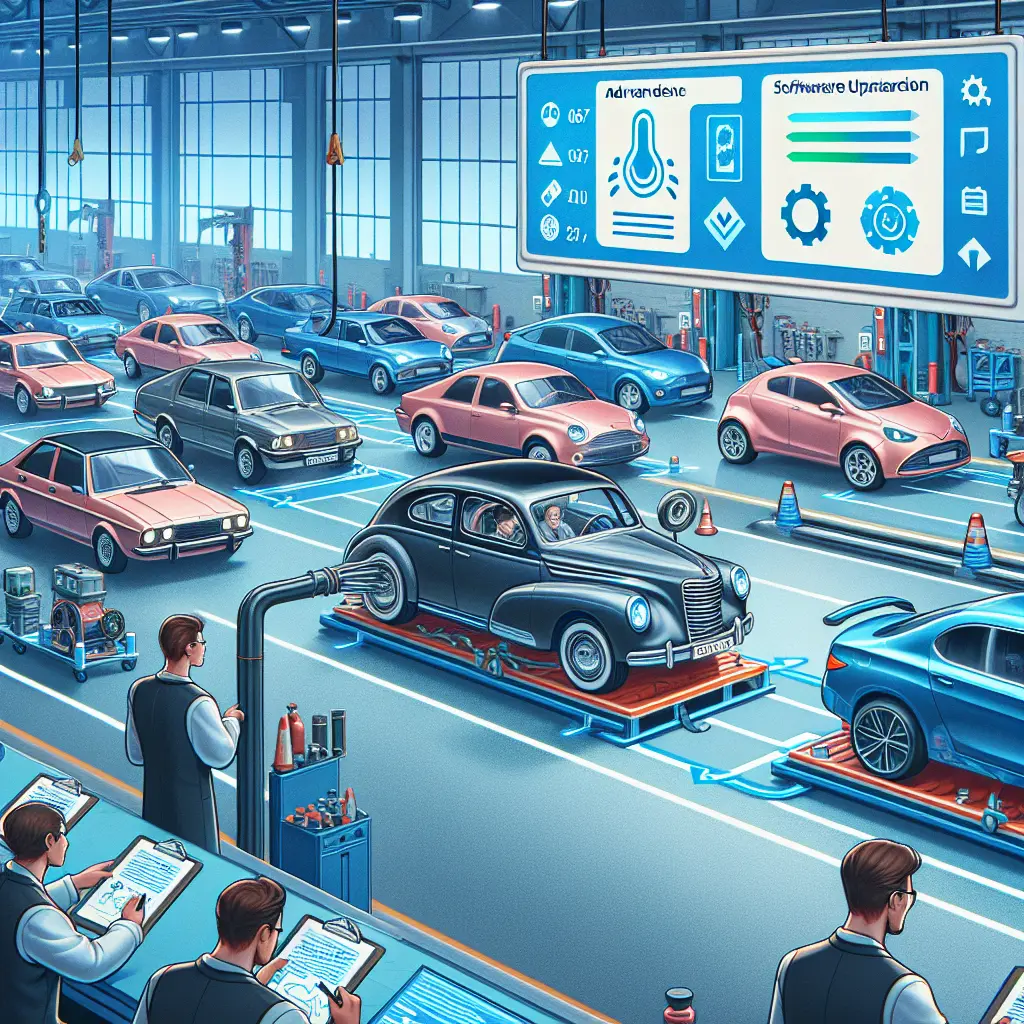

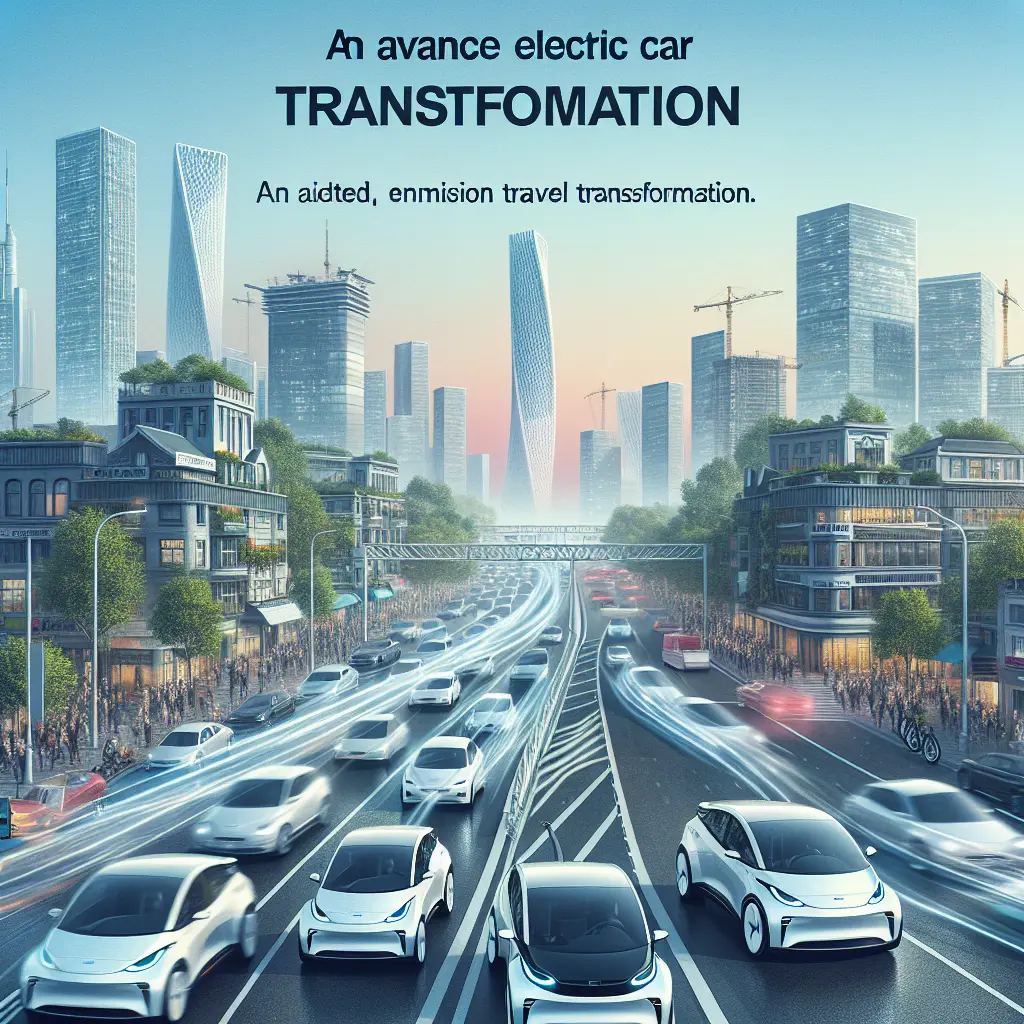
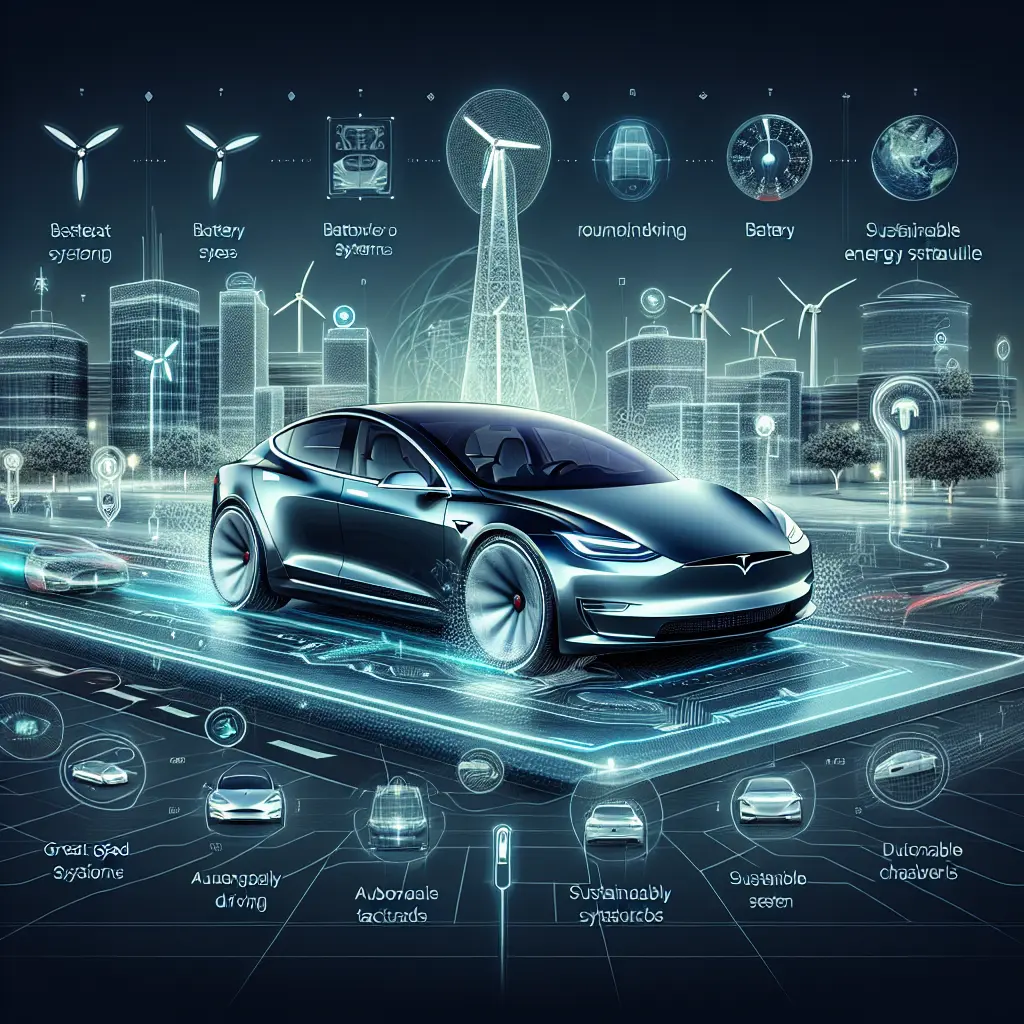
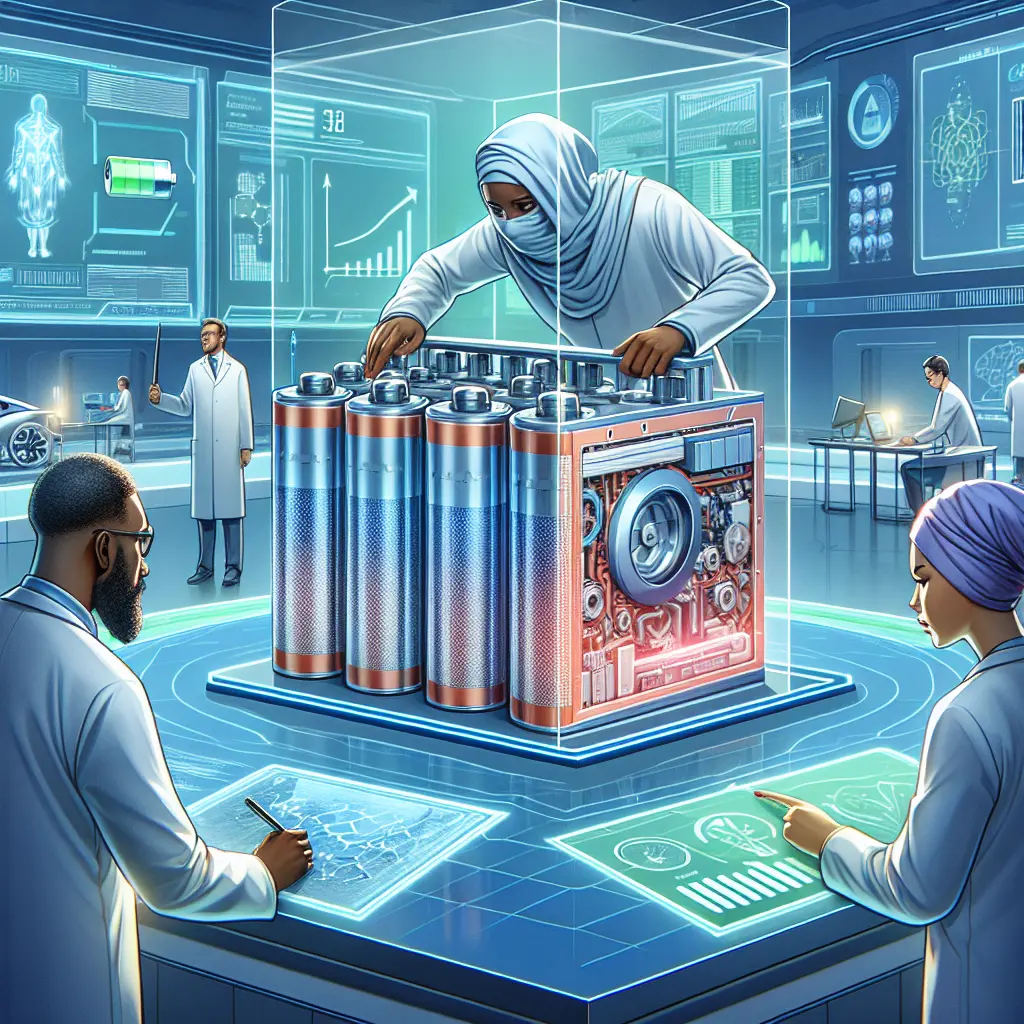
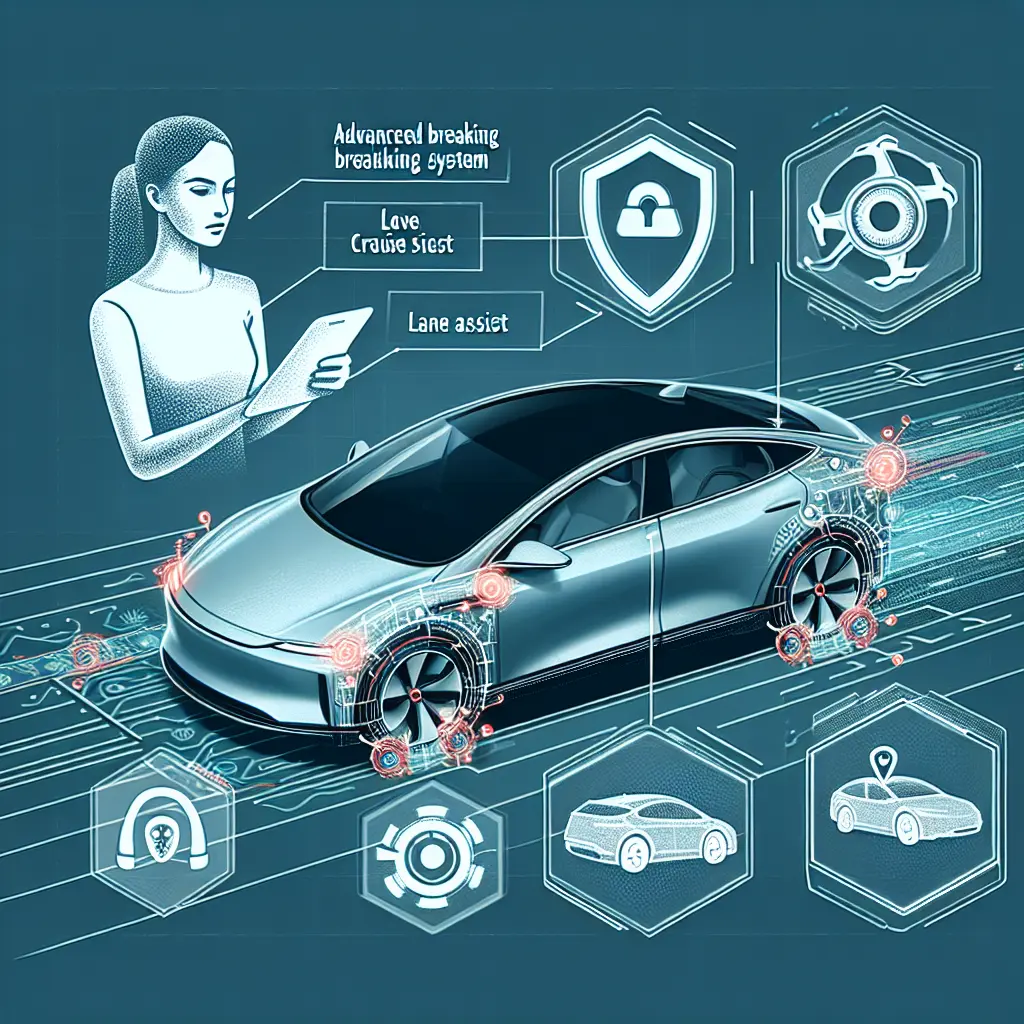

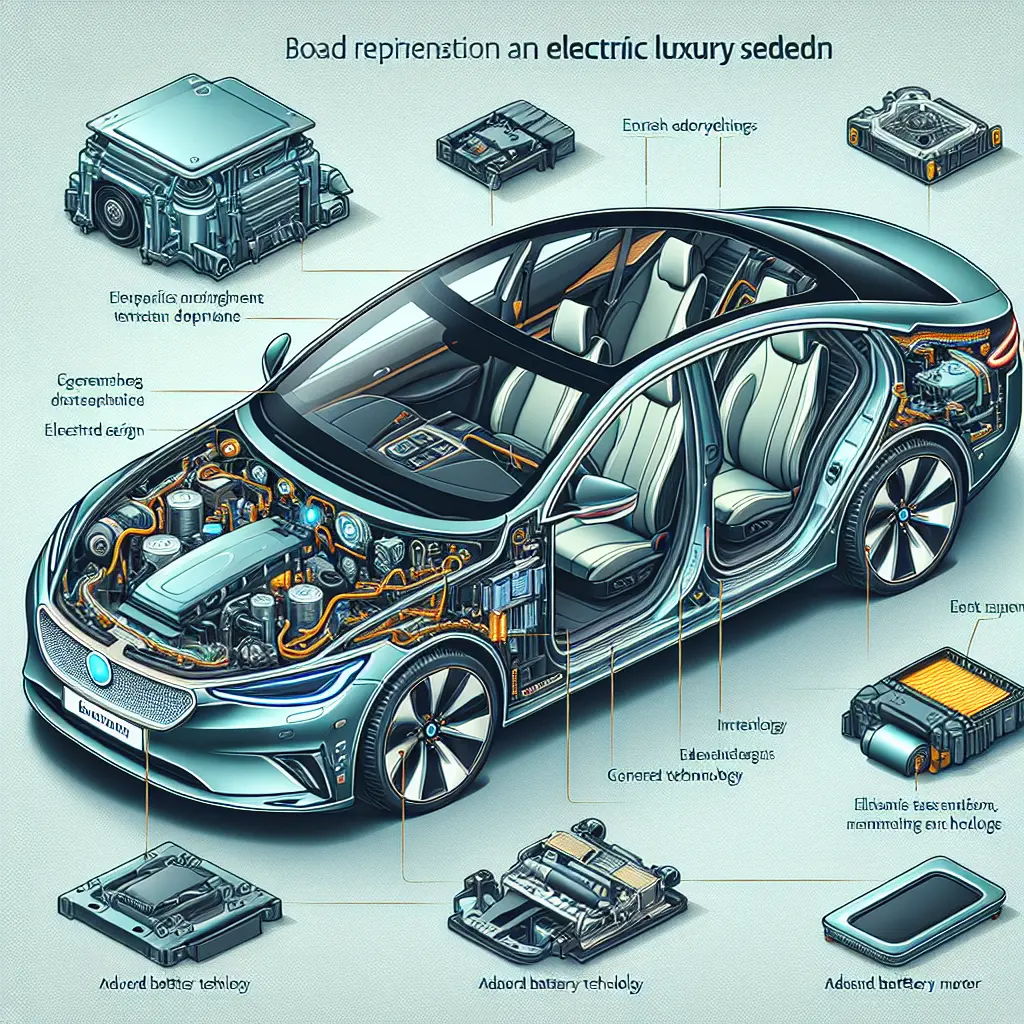
Leave a Comment